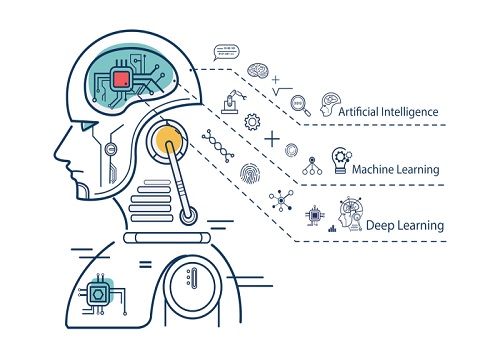
07 Sep The Data Science of Machine Learning
This article is an extension to a previously published blog titled “Machine Learning (ML) Made Easy”. In this reading, we will explore even deeper the mechanisms of what makes Machine Learning important and the crucial use cases.
What is Machine Learning?
To define Machine Learning, we will loosely borrow the definition written from our previous article: Machine learning is a system of data analysis capable of deriving value from data with minimum orchestration of steps and how-to.
For example, one could feed data to a machine learning algorithm, state that this data is a photograph of “X” and run multiple iterations on the algorithm until the machine “learns” to differentiate “X” from other photographs which isn’t “X”.
At the surface level, this might seem straightforward especially if all the “X”’s that the machine identifies is an exact photographic match. However, the proficiency of this process will begin to shine when the machine is able to identify, let’s say, half-torn photographs, corners of the photographs, distorted photographs, or other variations of the “X” photograph with a reliable .01 percent error.

Machine Learning Use Cases
Machine learning is a branch of artificial intelligence – which suggests the wide-ranging gamut of use cases requiring machine learning capabilities either in full or in parts.
Most machine learning cases falls either under supervised learning or unsupervised learning. The former refers to learning by classification or regression while the latter refers to learning by clustering or association. Simply put, supervised learning involves an input and an expected output of some sort. However, unsupervised machine learning involves only inputs and the output is up to the discretion of the algorithm. Naturally, there are also cases where semi-supervised machine learning is used but that is for a more developed discussion.
Without further hesitation:
- Predictive Maintenance: Machine learning enables advanced PM capabilities for industries with valuable assets such as telecom, oil & gas, and agriculture. These capabilities include the analytical predictions of asset failures before they become costly liabilities.
- Service Chat Bots: Data analytics and machine learning can be used to continually improve service chat bots for all industries, resulting in better customer care and better allocation of time for employees.
- Voice-Enabled Services: Voice activated devices such as Amazon’s Alexa allows for faster and more convenient tasking by customers, employees, and management teams. Machine learning powers this to new heights by bolstering adaptive capabilities to newer sentence phrasing and natural speech tendencies.
- Banking/Healthcare/Marketing/Insurance: Similar machine learning capabilities can be used in these industries and many more by way of fraudulent transaction detection, modeling ICU occupancy allocation, Google Adwords bidding, fraudulent claim modeling, and everything in between.

